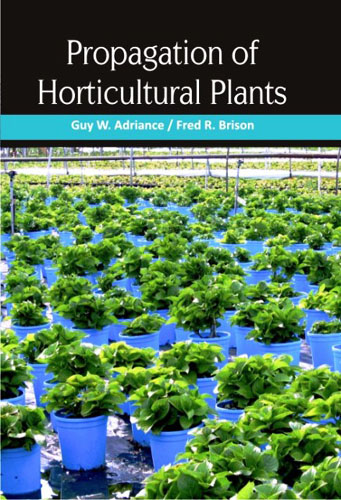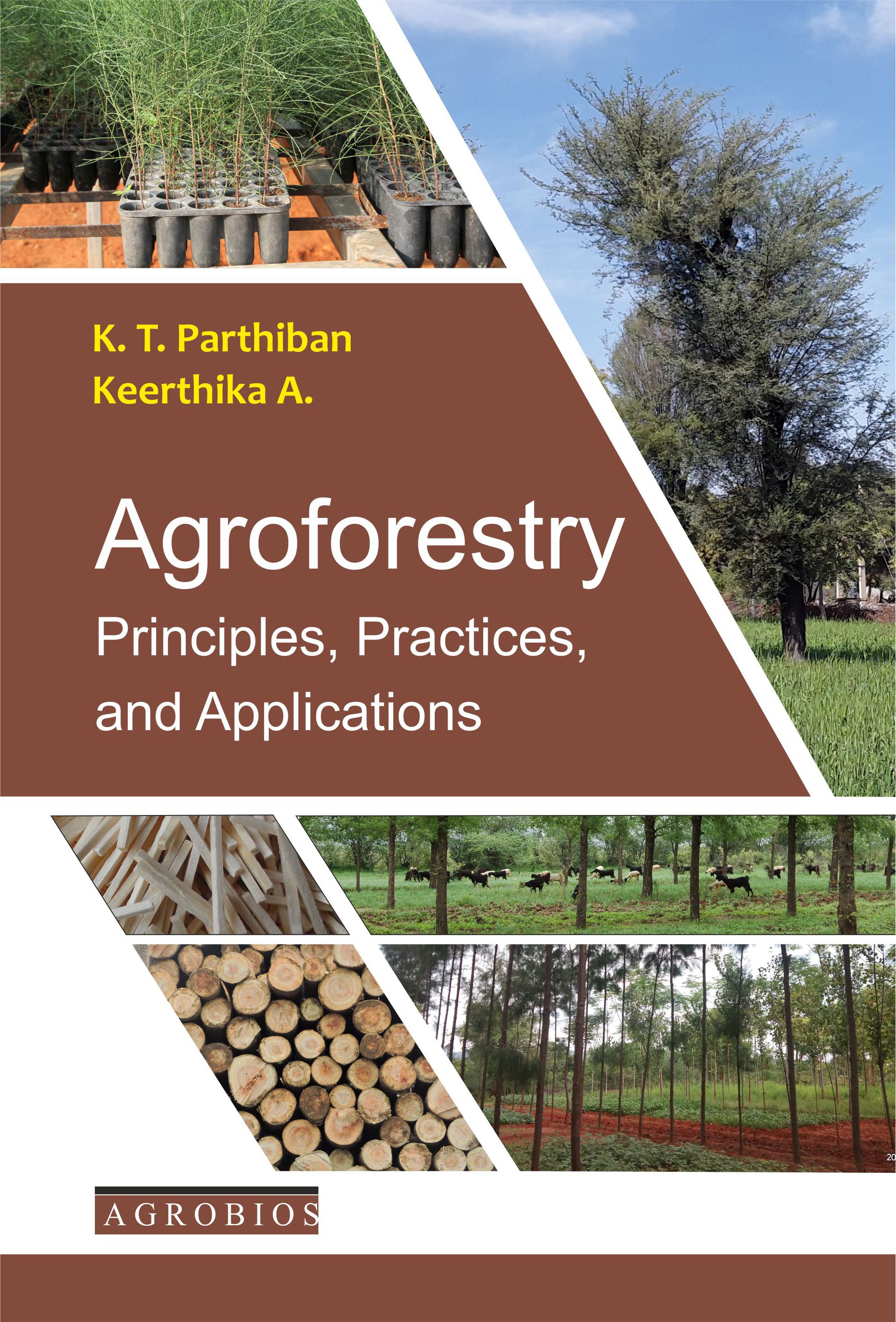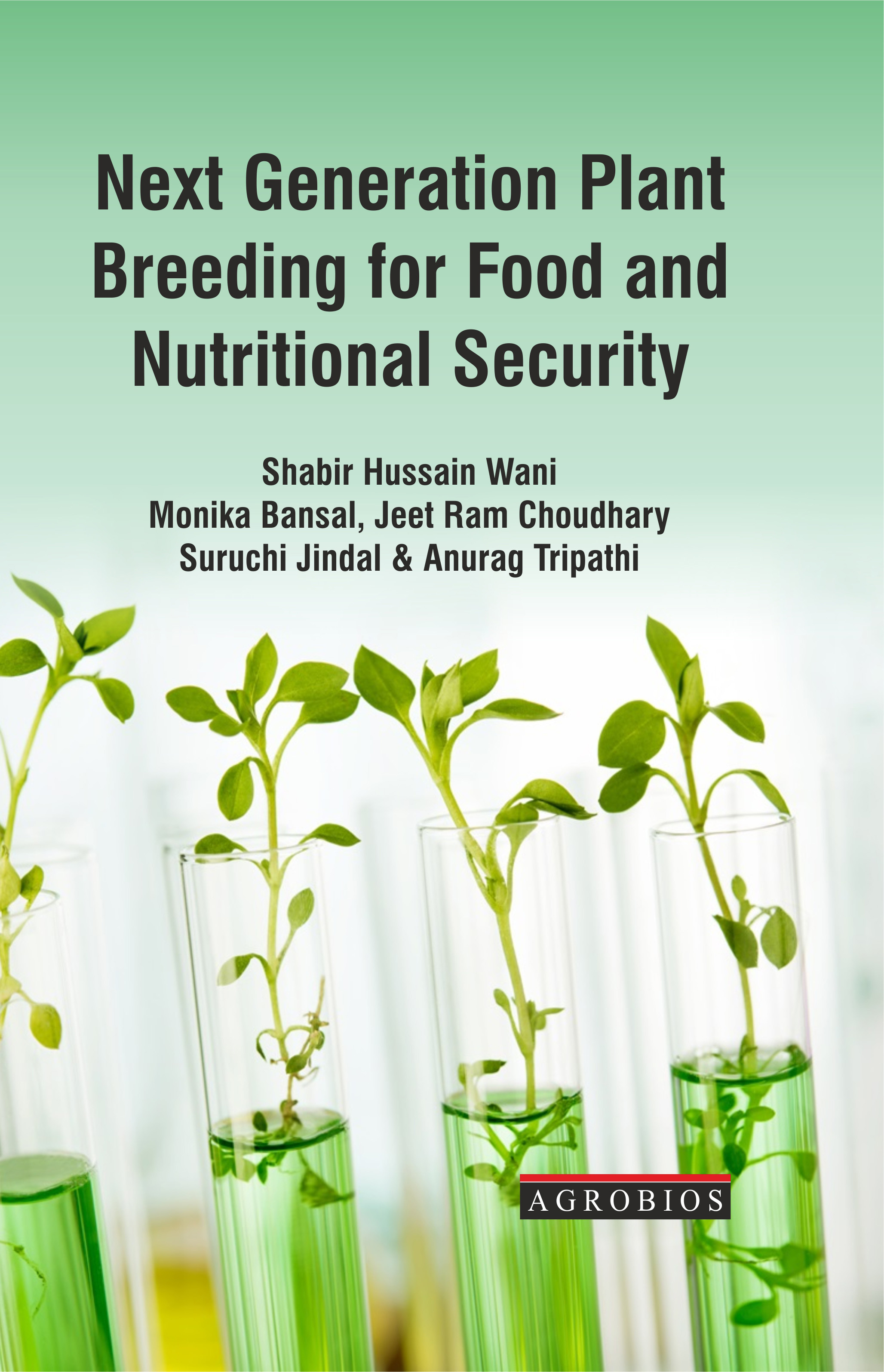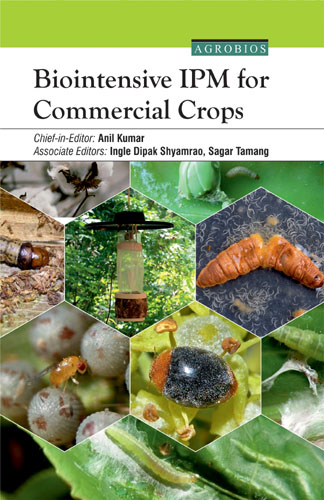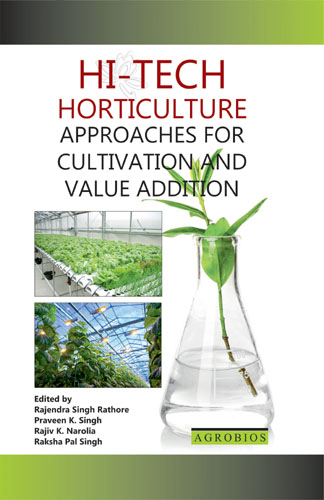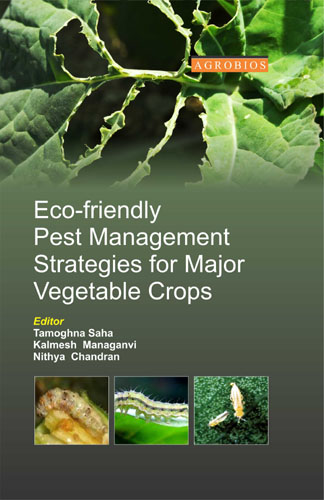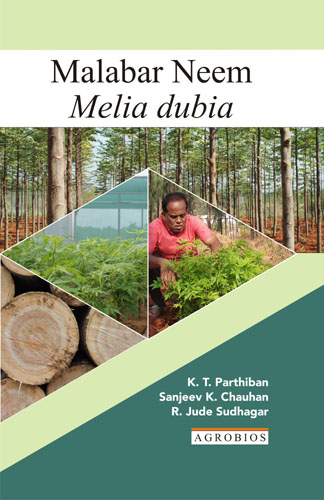Propagation Of Horticultural Plants
The propagation of plants has long been recognized as a fundamental practice in the fields of plant science. Various special treatments are followed in the production of horticultural plants, and for this reason their propagation presents certain peculiar problems and difficulties.
The book was prepared primarily as a text for basic courses in horticulture and related fields; and also as a guide in practical work, for both commercial growers and amateur horticulturists.
The essential features of plant structure and reproduction have been introduced in their relation to seed production, root formation, wound healing, and other practical phases of plant propagation. The methods of asexual; propagation. The methods of asexual propagation, including bulbs, layerage, cottage, budding, and grafting are considered in comprehensive form. Practices followed in the propagation of certain important species are presented in detail. A discussion of pruning and transplanting is also included because of the relationship of these practices to the growth and longevity of plants Basic factors of plant growth and response are considered with respect to their relation to commercial practices.
Adriance GW
555
Table of Contents..
- History and Development of Horticulture
- The Structure of Plants
- Inflorescences: Flowers, Fruits and Seed
- Special Plant-Growing Equipment
- Methods of Propagation
- Germination of Seeds
- Methods of Seedage
- Layerage
- Cuttage
- Bulbs and Other Modified Structures
- Graftage
- Methods of Grafting
- Methods of Budding
- Propagation of Important Horticultural Plants
- Transplanting
- Pruning
Book Details
Book Title:
Propagation Of Horticultural Plants
Propagation Of Horticultural Plants
Book Type:
TEXT-CUM-REFERENCES BOOK
TEXT-CUM-REFERENCES BOOK
No Of Pages:
304
304
Color Pages :
0
0
Color Pages :
0
0
Book Size:
DEMY (5.5X8.5)
DEMY (5.5X8.5)
Weight:
400 Gms
400 Gms
Copyright Holder:
All Rights Reserved
All Rights Reserved
Imprint:
M/s AGROBIOS (INDIA)
M/s AGROBIOS (INDIA)
Readership:
PG STUDENTS | SCIENTISTS AND RESEARCHERS |
PG STUDENTS | SCIENTISTS AND RESEARCHERS |



